Step into the mystical realm of Madhya Pradesh, where ancient echoes of devotion resonate through the timeless Shiva Temples following Shiva’s legacy.
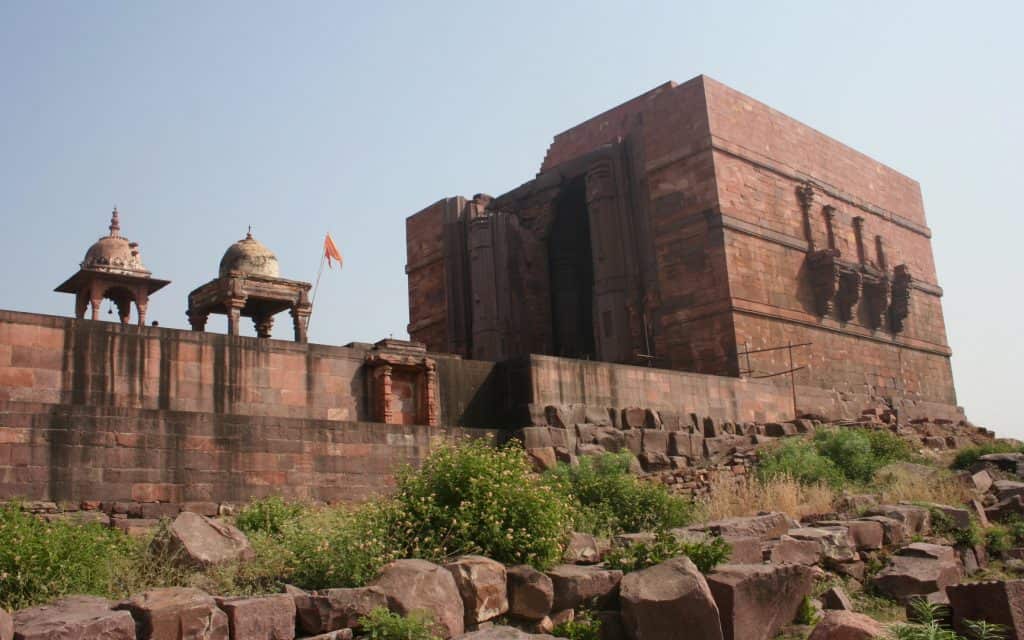
Madhya Pradesh, often referred to as the heart of India, is a treasure trove of spiritual heritage, encapsulating centuries of devotion, artistry, and architectural marvels dedicated to Lord Shiva.

On a sacred journey through the serpentine lanes of history, explore the majestic temples that stand as a testament to the reverence and profound worship of Lord Shiva. These ancient temples, ranging from the world-renowned Mahakaleshwar Temple in Ujjain to the enigmatic Bhojpur Shiv Temple, are not just places of worship but are profound narratives in stone, narrating tales of devotion, mythology, and the cosmic dance of creation and destruction
Each temple stands as a testament to Shiva’s enduring legacy, beckoning visitors on a spiritual journey through the heart of India. As you wander through these sacred grounds, you’ll encounter architectural marvels adorned with intricate carvings and sacred symbols, each whispering tales of bygone eras.
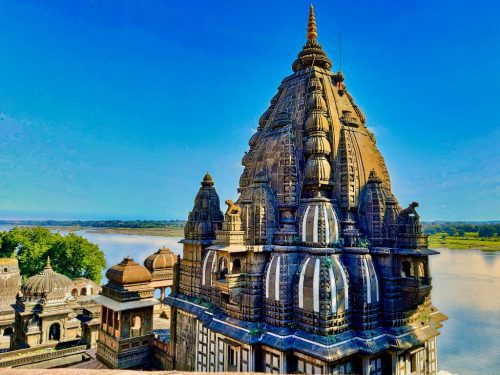
From the awe-inspiring grandeur of the Kandariya Mahadeva Temple in Khajuraho to the serene ambience of the Omkareshwar Temple nestled amidst the Narmada River, Madhya Pradesh offers a diverse tapestry of spiritual experiences. Whether you seek solace in meditation or marvel at the artistic prowess of ancient artisans, these temples of Shiva in India provide a sanctuary for the soul.
Shiva temples in Madhya Pradesh – architectural styles and craftsmanship
Madhya Pradesh often referred to as the heartland of India, boasts a rich cultural heritage, with its temples serving as epitomes of architectural marvels and spiritual sanctuaries. Among these, the Shiva temples stand out as timeless symbols of devotion and architectural brilliance. These Shiva temples, dedicated to Lord Shiva, the destroyer and transformer in the Hindu pantheon, are scattered across the length and breadth of the state, each telling a unique story of faith and artistic prowess.
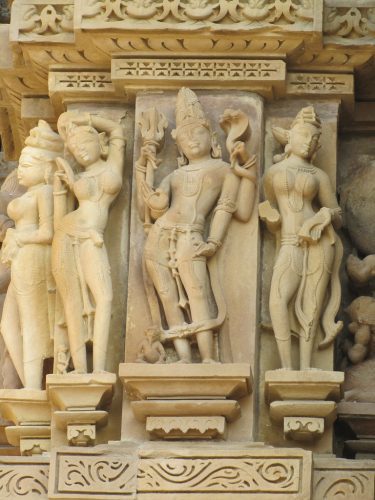
The Shiva temples in Madhya Pradesh represent a diverse range of architectural styles, spanning centuries of craftsmanship and devotion. These temples not only serve as places of worship but also as living museums, preserving the rich history and traditions of the land.
Let us delve into the rich heritage and significance of Shiva temples in Madhya Pradesh, exploring their architectural splendour, religious significance, and cultural impact on the region.
Kakanmath temple, Morena
Located in the quaint village of Sihonia in Morena, Madhya Pradesh, Kakanmath is a Shiv temple steeped in history and mystery. It owes its name to Queen Kakanvati, believed to be the consort of King Kirtiraj, who commissioned its construction around the 11th century A.D.
What sets this temple apart is its unconventional construction; devoid of any cement or adhesive, the stones are meticulously balanced atop one another, defying gravity and giving the impression of fragility. Despite its towering height of 100 feet and intricate carvings, this temple has stood the test of time for nearly a millennium.
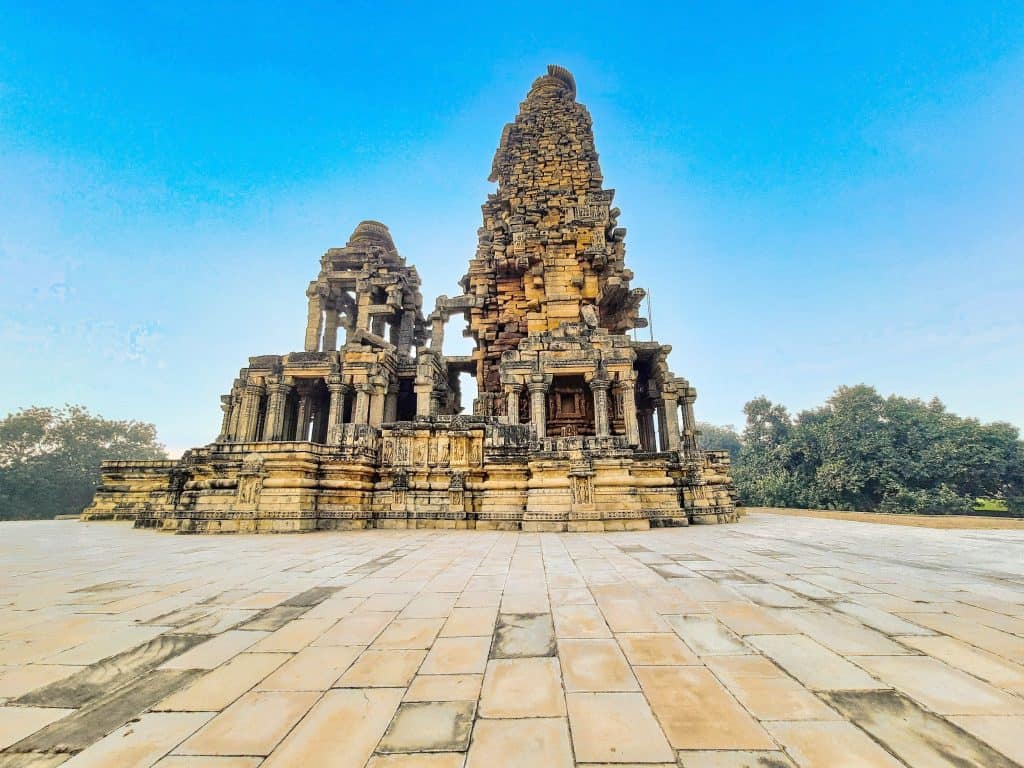
The Kakanmath Temple is not just a sight to behold but also a puzzling enigma. Its unique construction, accomplished without the use of binding agents, remains a mystery to this day. Surprisingly, the entire temple was erected in just one night, a feat unparalleled in its time. While neighbouring temples have crumbled over the centuries, Kakanmath continues to stand tall.
Situated approximately 70 kilometres from Gwalior, this temple attracts visitors with its sacred aura and intriguing history. Perched at an elevation of around 115 feet above ground level, it offers not only spiritual solace but also sparks curiosity as one of the region’s most mysterious landmarks.
Ashtamukhi Pashupatinath Temple, Mandsaur
The Pashupatinath Darshan offers a unique portrayal of Lord Shiva through an extraordinary Murti featuring eight faces, known as the asht mukhi pratima. This monumental representation includes a massive Shiv lingam with faces intricately sculpted on two levels, with four faces on each level. Pashupatinath, synonymous with Lord Shiva, is depicted in this artistic effigy crafted from smooth, dark coppery fiery rock, emitting a captivating glow. Situated on the banks of the Shivna River, the temple holds a special significance in Hindu mythology.
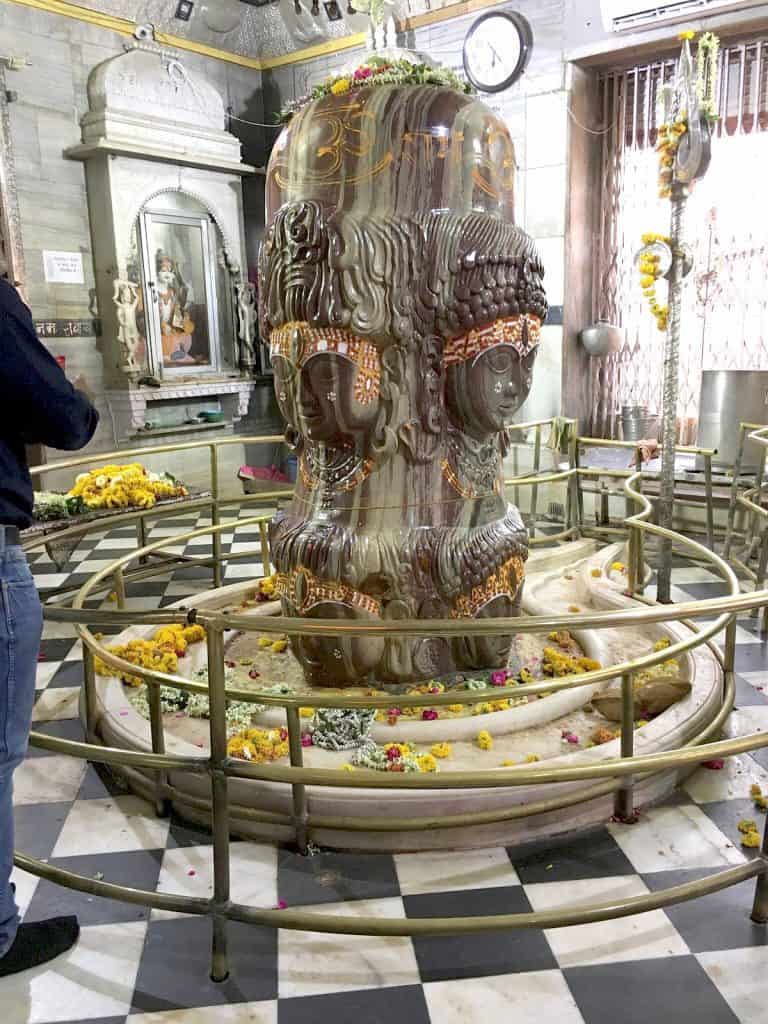
The eight heads of the Murti are divided into two parts: the upper four heads are clear, refined, and complete, while the lower four heads are less refined. Notably, the temple features four doors facing the four cardinal directions, with the entrance door located in the west. The heads positioned towards the west present a fearsome depiction of Lord Shiva, adorned with features symbolizing his divine attributes.
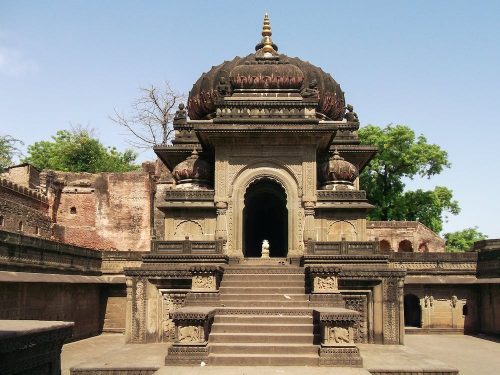
These features include three rasps (relish) depicted as bun-shaped hair adorned with poisonous snakes, an emerging third eye signifying divine insight, and an opened underlie symbolizing transcendence. In the centre, tangled hair surrounds snakes, evoking the symbolism of annihilation and the omnipresent divine essence represented by the sacred Omkar mantra from the Vedas. The Pashupatinath Darshan temple stands as a testament to the profound spiritual and artistic heritage of Hinduism, drawing devotees and visitors alike to its awe-inspiring presence.
Bhojeshwar Temple, Bhojpur
Situated on the serene banks of the Betwa River in the Raisen district, the Bhojpur Temple holds a revered status often likened to the revered Somnath of the East. Named after the illustrious ruler of the region, King Bhoj, this temple stands as a testament to his devotion to Lord Shiva. Located approximately 28 kilometres from Bhopal, it serves as a significant pilgrimage site, particularly drawing crowds during the auspicious festival of Shivratri.
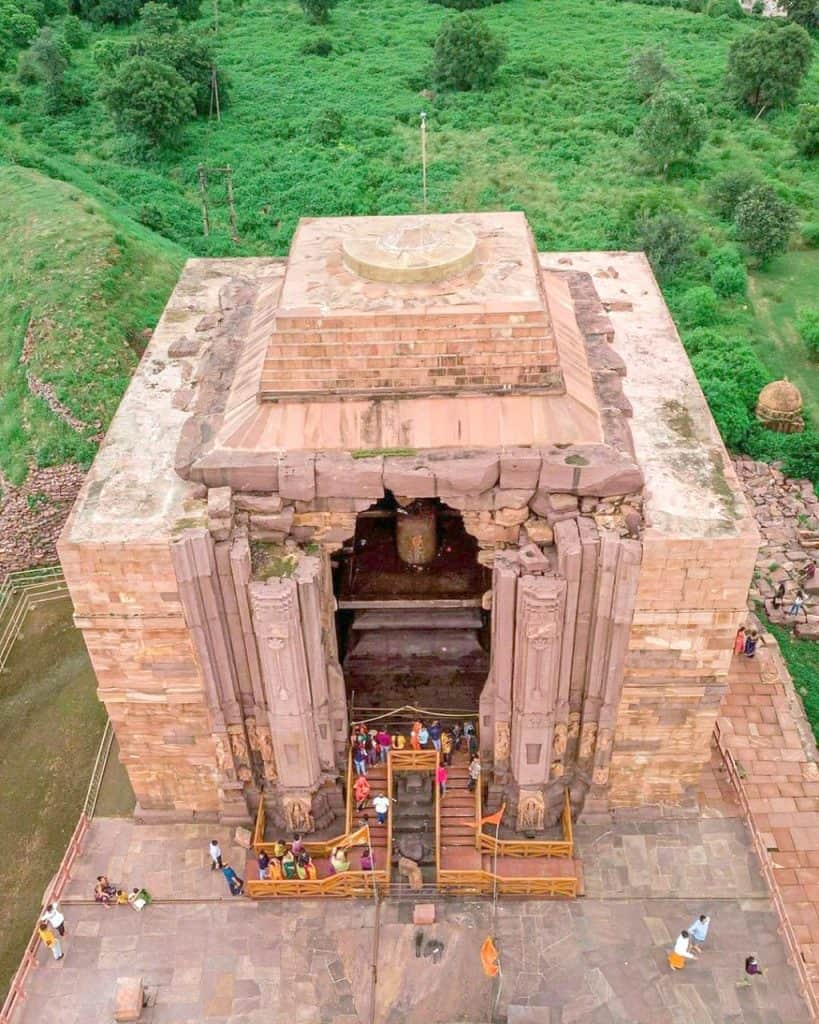
Dedicated entirely to Lord Shiva, the temple boasts a remarkable feature – a colossal linga carved out of a single stone. This awe-inspiring linga stands at an impressive height of 2.35 meters with a circumference nearing 6 meters. Elevated upon a majestic three-tiered sandstone platform spanning over a 6-meter square, its grandeur has rightfully earned it the prestigious title of ‘Somnath of the East’.
What sets the Bhojpur Temple apart is its distinctive architecture. Unlike traditional temples, it lacks a Mandapa attached to the Garbhagriha, and its roof features a rectilinear design instead of the conventional curved Shikhara. The entry wall further adds to its allure, adorned with exquisite engravings of pillar patterns and bells, captivating visitors with its astonishing beauty.
Mahakaleshwar Temple, Ujjain
Mahakaleshwar of Ujjain stands as one of the twelve revered Jyotirlingas in India, a title of profound significance in Hindu mythology. Throughout history, the grandeur of the Mahakaleshwar temple has been extolled in various Puranas, with renowned Sanskrit poets such as Kalidasa eloquently praising its divine presence. Ujjain, once the pivotal point for Indian time calculation, reveres Mahakala as its distinctive presiding deity.
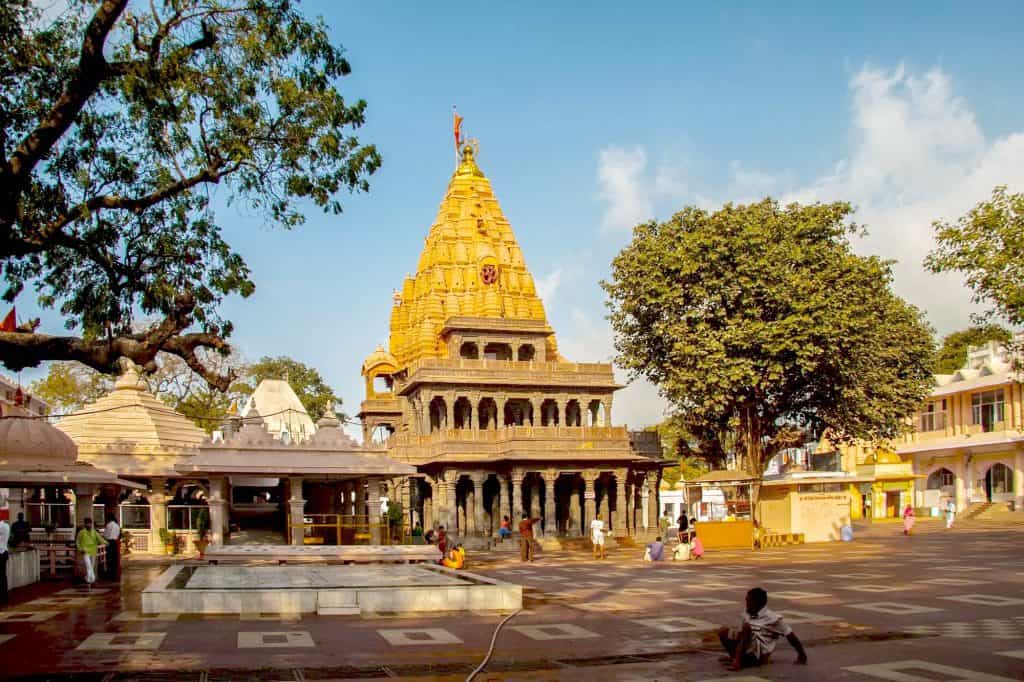
The temple itself, with its towering shikhara piercing the heavens, commands reverence and admiration, symbolizing the eternal reign of Shiva, the presiding deity of time. Despite the bustling modernity of Ujjain, Mahakal remains a focal point, connecting the city and its people to timeless traditions.
Unique among the twelve Jyotirlingas, the lingam at Mahakal is believed to be swayambhu, deriving its divine power from within. The idol’s orientation as dakshinamurti, facing the South, is a rare feature, honoured in tantric tradition and exclusive to Mahakaleshwar. Within the sanctum, the consecrated idol of Omkareshwar Shiva presides above Mahakal, while other deities including Ganesh, Parvati, Karttikeya, and Nandi encircle the sanctum, enriching the spiritual ambience of this sacred space.
Omkareshwar, Khandwa
The Omkareshwar Jyotirlinga, a revered Hindu temple nestled on Omkar mountain, stands as a beacon of faith and devotion. Among the twelve esteemed Jyotirlinga shrines dedicated to Lord Shiva worldwide, Omkareshwar holds a special place. Situated on an island named Mandhata amid the Narmada River, near Khandwa city in Madhya Pradesh, India, the island’s shape is said to resemble the sacred Devanagari symbol “ॐ”.
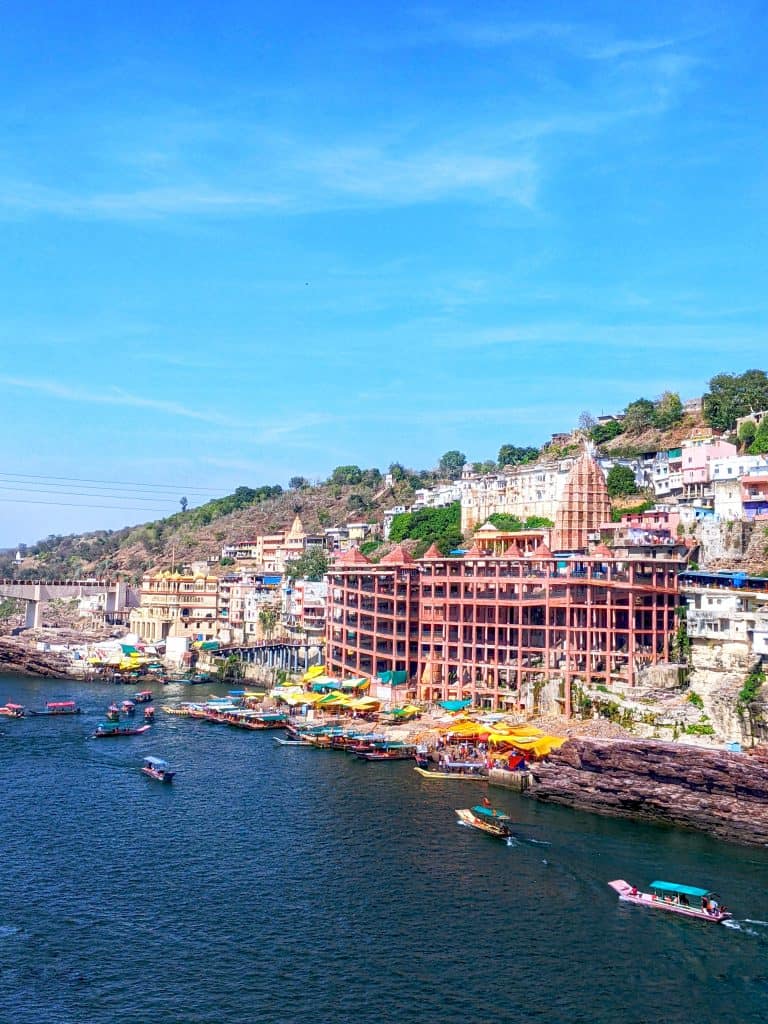
This sacred site boasts two main temples dedicated to Lord Shiva: Omkareshwar, signifying the “Lord of Omkara” or the divine sound “Om”, located on the island, and Mamleshwar (also known as Amaleshwar), meaning “Immortal Lord”, positioned on the southern bank of the Narmada River on the mainland.

Madhya Pradesh proudly hosts two Jyotirlingas, with Omkareshwar being the second, complemented by the Mahakaleshwar Jyotirlinga, situated approximately 140 kilometres northward.
The island of Omkareshwar is formed by the revered Narmada River, considered one of India’s holiest rivers and now home to one of the world’s largest solar power plants.
Perched on the banks of the Narmada and Kaveri rivers, the temple complex exudes an aura of spirituality and tranquillity, inviting devotees from far and wide to experience its divine presence.
Chausath Yogini Temple, Jabalpur
The Chausath Yogini temple, also known as the temple of 64 Yoginis, stands as a testament to the religious fervour and architectural prowess of the Kalchuri dynasty.
Nestled amidst the scenic beauty of Jabalpur, this temple holds not only religious significance but also offers insights into the origins of the world. Constructed from granite and sandstone, it exemplifies the meticulous craftsmanship of its era, showcasing intricate detailing and architectural precision.
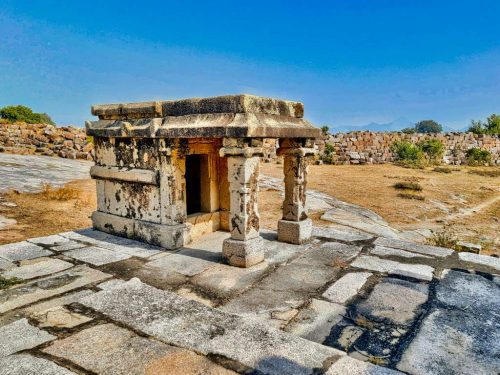
Perched atop a hill, much like many other temples of its time, the Chausath Yogini temple commands attention as visitors ascend a flight of stairs to reach its sacred precincts.
Dating back to the 10th and 11th centuries under the patronage of King Yuvrajdev I, this temple overlooks the majestic Narmada River, providing breathtaking views from its vantage point.
The temple’s circular design, spanning approximately 130 feet in diameter, encompasses 64 small shrines, each dedicated to a Yogini deity.
The central shrine venerates Goddess Durga, revered as the primary deity among the Yoginis.
These Yoginis, considered a manifestation of Goddess Parvati, represent a sacred feminine force.
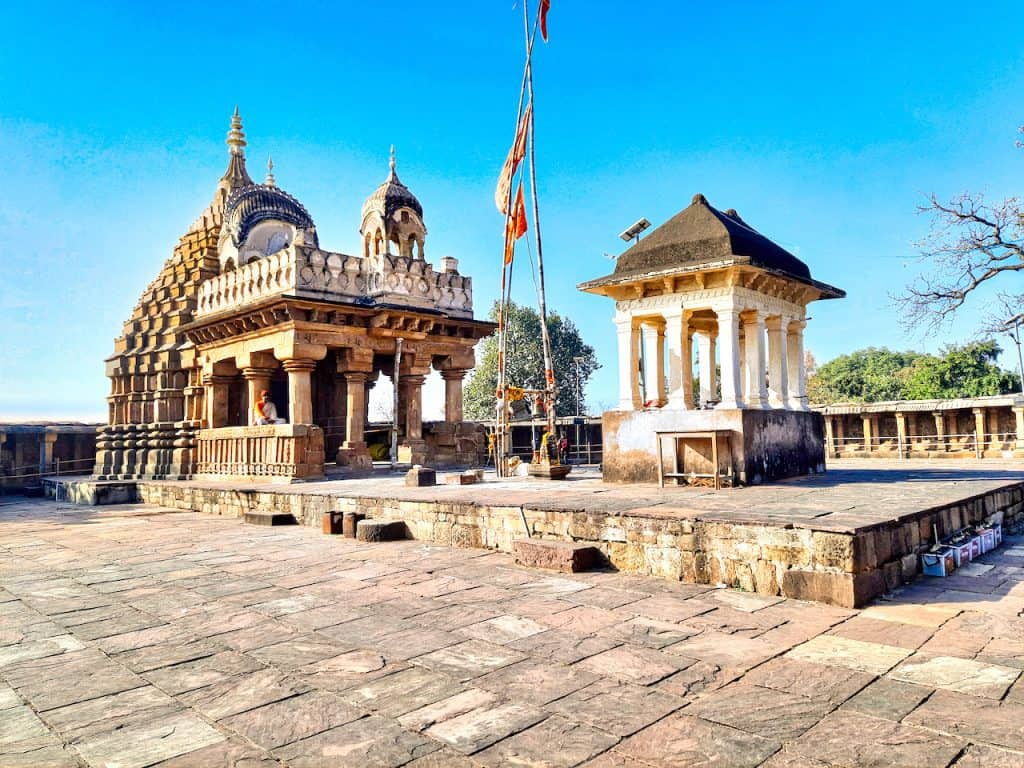
The temple’s unique layout comprises a circle divided into 84 cells, with three serving as gateways. Despite the passage of time, the statues within these cells, including those of Yoginis, Shiva, and Ganesha, still evoke reverence and awe. Full moon nights hold special significance here, drawing devotees in large numbers to partake in auspicious rituals and prayers, further enhancing the spiritual ambience of this ancient sanctuary.
Kandariya Mahadeva Temple, Khajuraho
In the picturesque town of Khajuraho, the Khajuraho Group of Monuments stands as a shining jewel in India’s cultural heritage.
This UNESCO World Heritage site boasts a collection of splendid temples, with the majestic Kandariya Mahadeva Temple serving as a magnificent testament to the artistic brilliance of ancient India.
The enthralling history, breathtaking architecture, and exquisite sculptures make this temple an essential destination for travellers.
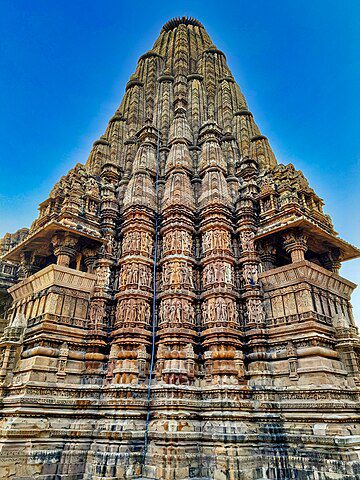
During their prime, the temples of Khajuraho flourished, representing the pinnacle of the Chandella dynasty’s power and creativity.
However, their glory was dimmed by the turbulent times of the 13th century when they faced challenges during the invasion led by Muslim Sultan Qutb-ud-din-aibak, marking the decline of the Chandella rule and the eventual abandonment of the temples.
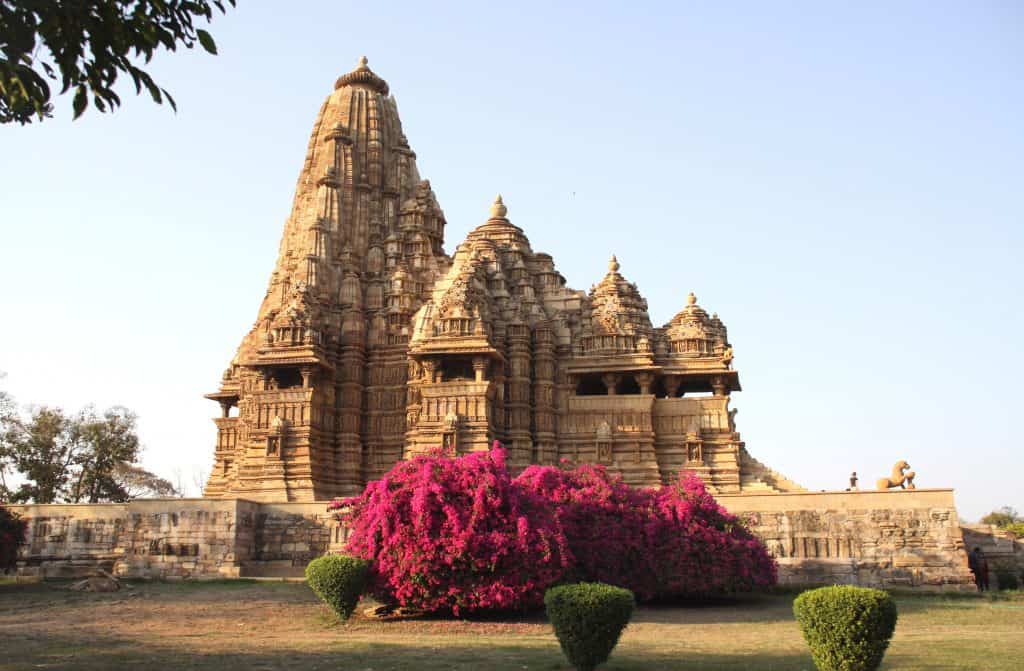
Perched on a raised platform named “Adhisthana,” the temple is oriented towards the east. As visitors ascend the steep steps to the platform, they are greeted by an array of towers and porches culminating in a towering spire known as “shikhara.”
Inside the temple, a series of interconnected chambers await exploration. Visitors enter through a rectangular entrance hall called “Ardhamandapa” and ascend steps to reach the central pillared hall, the “Mandapa.” Beyond lies the “garbhagriha,” housing a divine marble Shivalinga. Above this sacred chamber rises the main tower and spire, showcasing the temple’s grandeur.
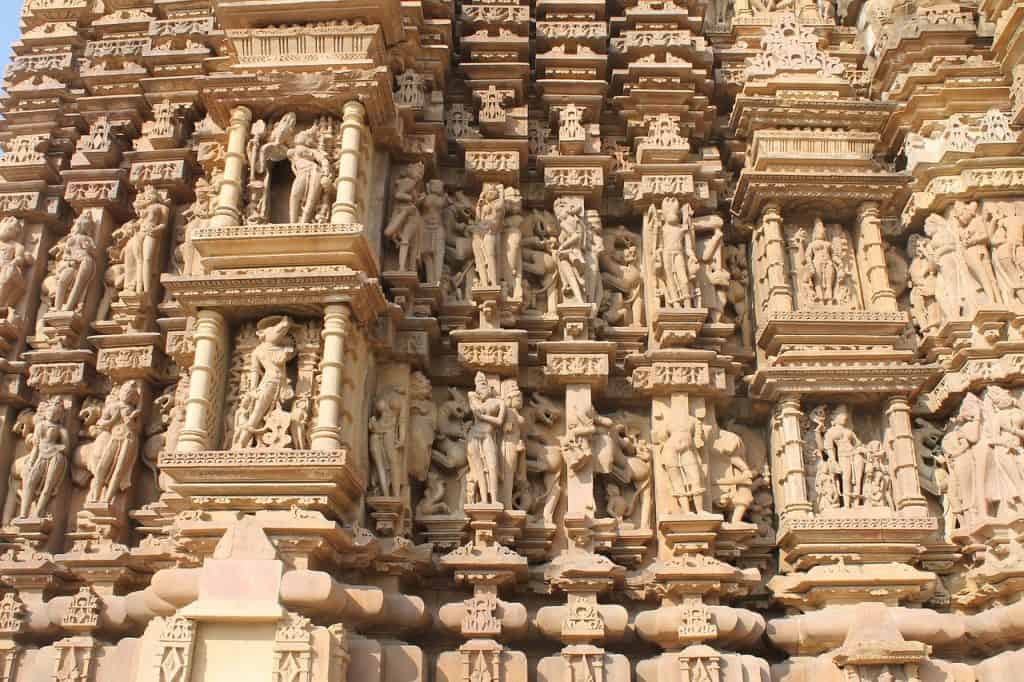
The temple follows a five-part architectural layout, adorned with intricate carvings and high-relief sculptures depicting Hindu iconography. These stone carvings offer glimpses into essential aspects of life, including love, wealth, duty, and liberation, encapsulating the timeless essence of Indian culture and spirituality.
These timeless Shiva temples stand as reminders of the rich cultural heritage and spiritual depth that permeate every corner of India, inviting all to partake in their timeless beauty and divine presence.
Shiva temples in Madhya Pradesh are not merely structures; they are the living embodiments of India’s rich cultural heritage and spiritual depth. As we step away from the pages of this exploration, we carry with us a deeper appreciation for the timeless traditions and the sacred bond between divinity and devotee that these temples represent.
Read more: Latest



